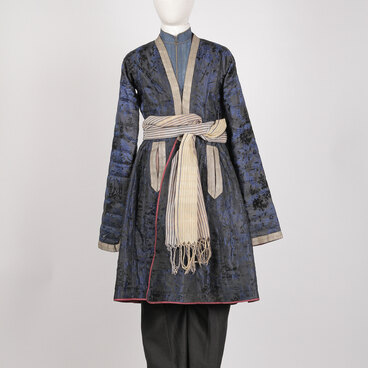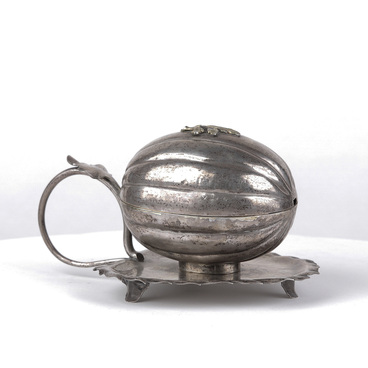A parokhet literally means “curtain”, “screen”. It is an elaborately embroidered curtain that covers the doors of the Aron Kodesh, a special ritual arc in the synagogue. It contains the Torah scroll, the manuscript of the Pentateuch.
All of the items that accompanied ritual practices involving the Torah scroll in the synagogue, for instance, storing, copying, taking it out into the prayer hall and public reading, were endowed with profound sacred meaning. Priests followed verbatim the scripture in recreating the Tabernacle:
All of the items that accompanied ritual practices involving the Torah scroll in the synagogue, for instance, storing, copying, taking it out into the prayer hall and public reading, were endowed with profound sacred meaning. Priests followed verbatim the scripture in recreating the Tabernacle:



